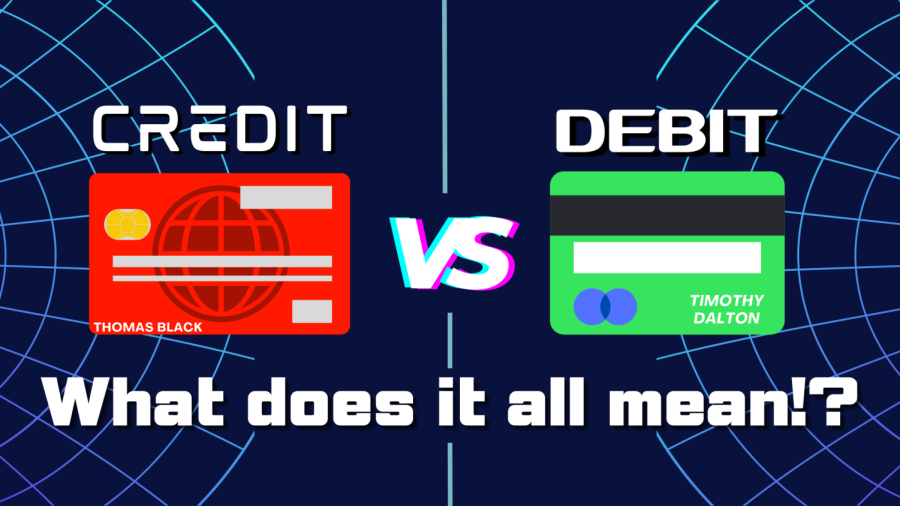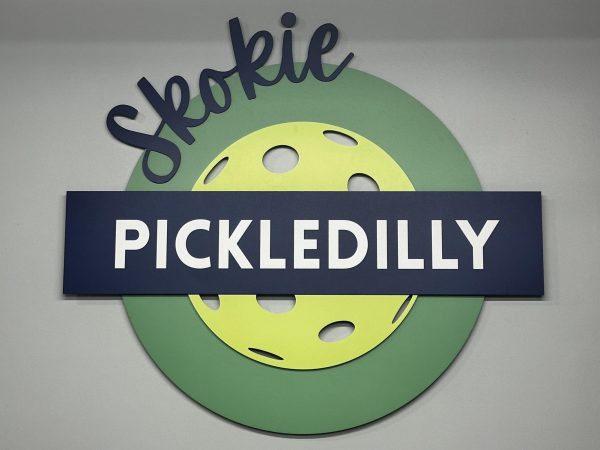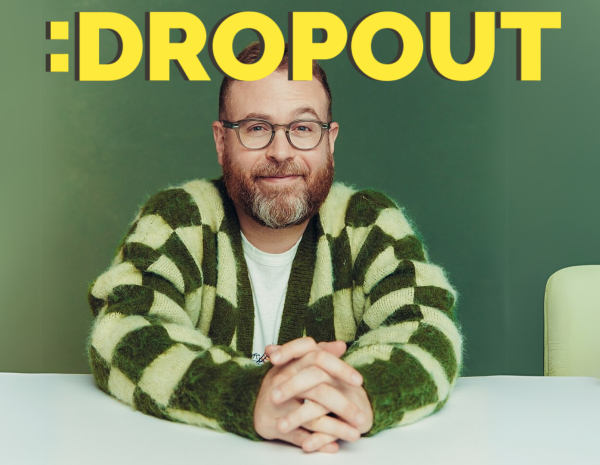Financial Corner: A teen’s guide to credit vs. debit
Are you tired of using cash? Well, the two major non-cash methods of payment are debit and credit.
First off: Debit. Debit cards are connected to a bank account, typically a checking account, and will take money out of the account after every swipe. At most banks, teens 13 or older can create a checking account with a parent co-owner. Checking accounts give interest on the deposits within them, although interest rates are quite low. Chase, for example, only gives 0.01% in interest. The main drawback of debit cards, though, is that if someone accidentally spends more than what is in their checking account, they will get faced with an overdraft fee. Overdraft fees tend to be around the $35 mark, according to the FDIC.
Credit cards, on the other hand, are a form of debt called revolving credit. Everytime a purchase is made on the card, a miniature loan is formed, and those will show up on the credit card statement that comes every month. Since credit cards are a form of debt, that means they need to get paid off.
The average credit card interest rate was 24.16% in March of 2023, according to a Forbes report, which is a staggeringly high rate. If the balance, or amount owed, is not paid off in full every month, a sizable amount of debt can start to accumulate. It is always best practice to pay off the amount in full every month, and not pay only the minimum payment. A common misconception with credit cards is that interest will be owed on the total amount of spending in that month, which is not true. When paid off in full, no interest accumulates. The main benefit of credit cards is the potential for a positive impact on a person’s credit score. If a credit card stays open for a long time and gets paid off fully, it can help to increase that person’s credit score. With a good credit score, interest rates will be lower on other forms of debt (car loans, personal loans, mortgages, and many others).
There are also many different rewards offers that come along with credit cards. Many credit cards now come with a cash back feature, where a certain percentage of spending is given back, as well as rewards points which are often used on travel expenses. The main detractor of credit cards is the potential of debt accumulation. If a person is irresponsible and spends up to their spending limit (the maximum amount they can spend on the credit card in one month), and can not pay off the amount, that could be detrimental for their financial situation. Credit cards are best used by the financially disciplined, or for routine small purchases that are not impulsive buys.
So, what should a teen get? Everyone should get a checking account and a debit card, since there are so few drawbacks. Only very responsible teens should get credit cards, as debt could be a very big issue. Technically, a credit card can not be opened until a person is over age 18, so it may be hard for a teen to access credit. Teens under 18 are able to use credit by being added as an authorized user to their parents’ account, but that is not allowed by all banks.
“I have a debit card because it makes it much easier to spend my money. I would like a credit card in the future so I can build an amazing credit score, so I can buy a house,” sophomore Will Sterbenc said.
Debit cards give easy access to money, and credit can be useful for the financial future. So, if the average teen is wondering: get a debit card and skip out on credit cards until a later age (18 or over) to help build a good credit score.

Jack is a Sophomore at Niles North. His passions include finance, investing, and computers. Jack’s greatest accomplishment was winning 1st place at the...








Cynthia Fey • Apr 20, 2023 at 1:47 pm
Twenty-four point sixteen percent? That’s a horrible interest rate! Oy! Thanks for the informative piece!